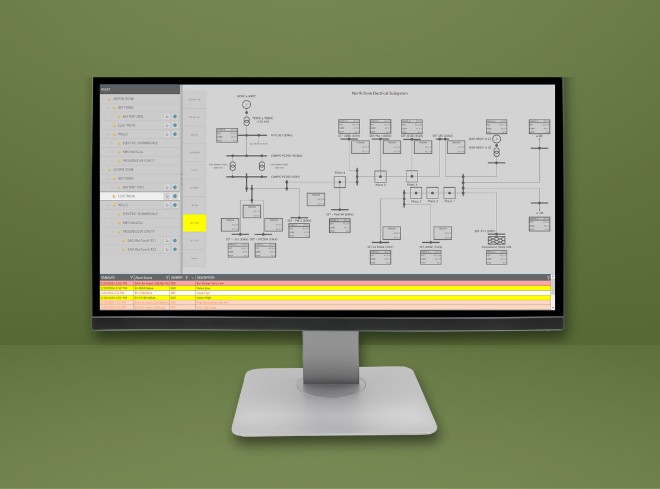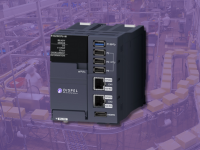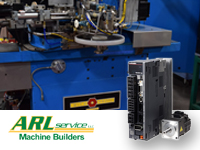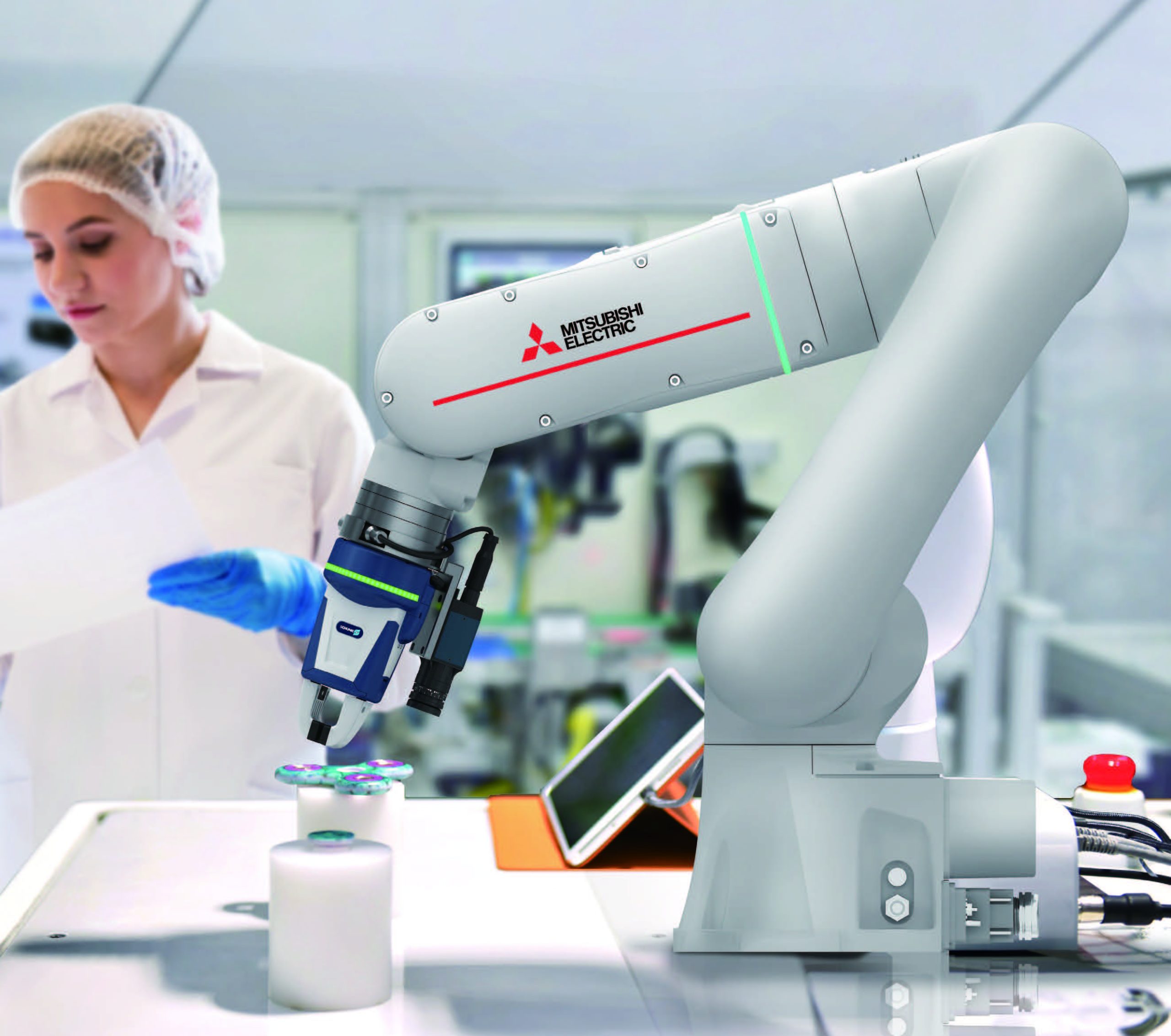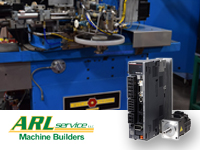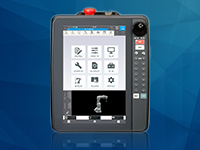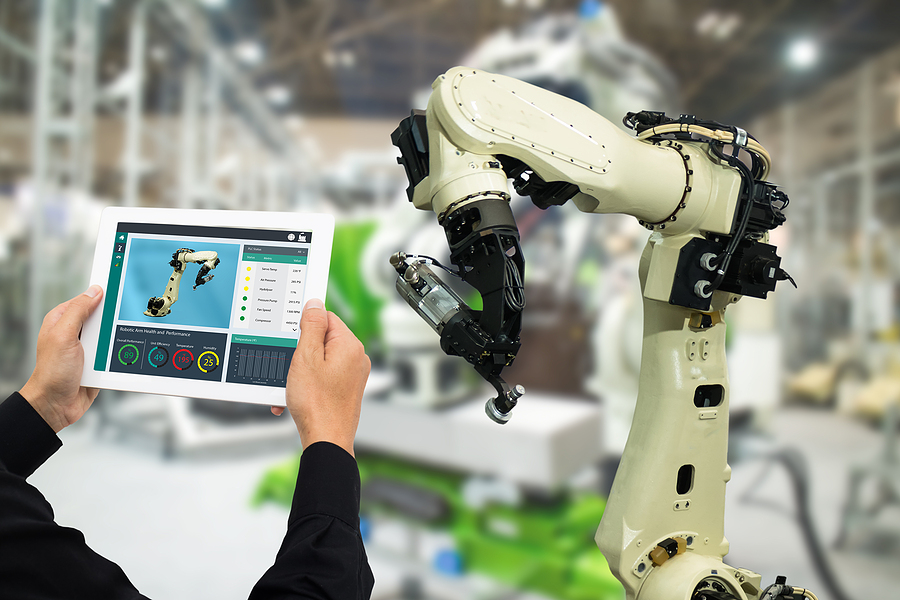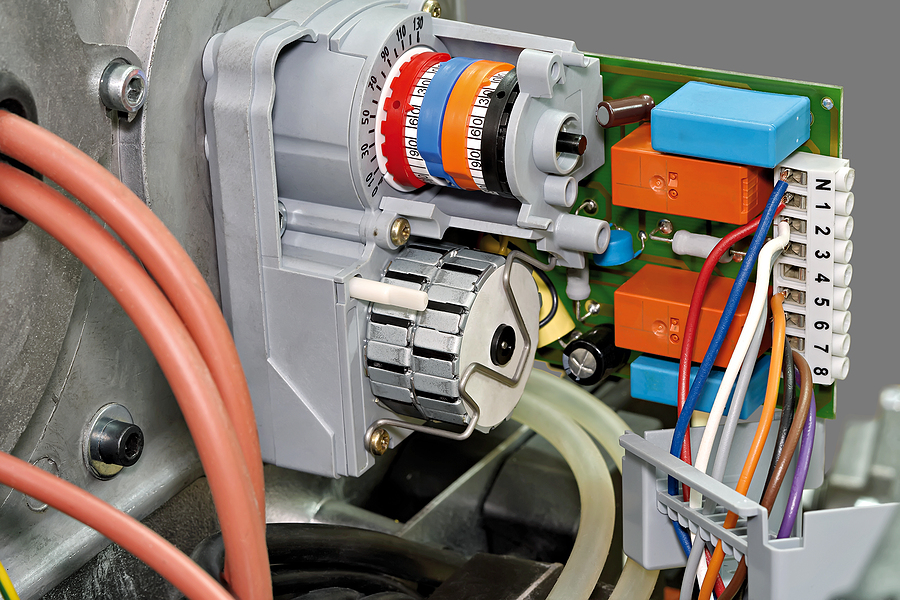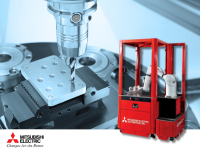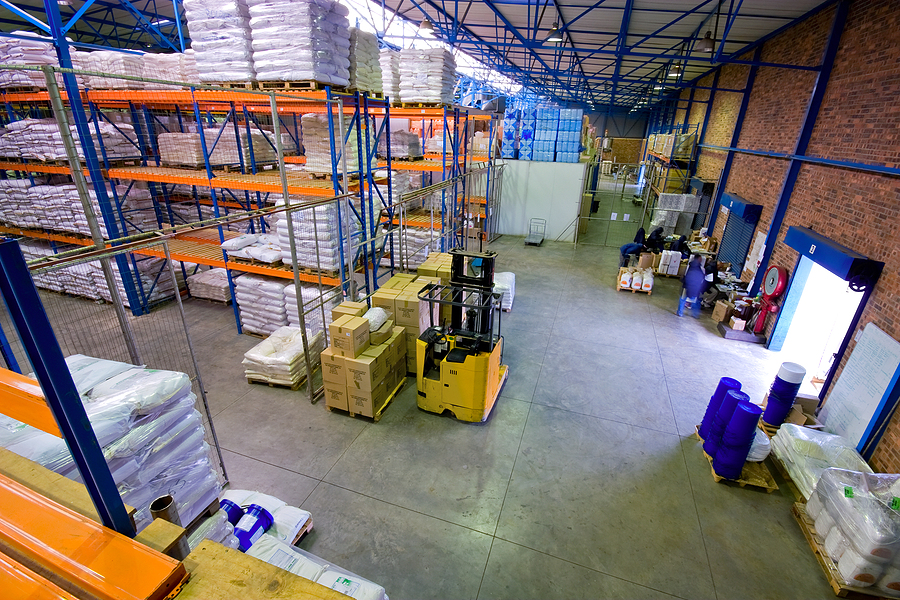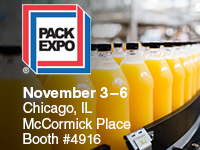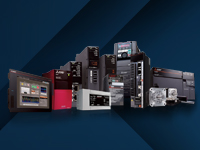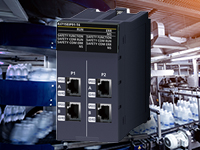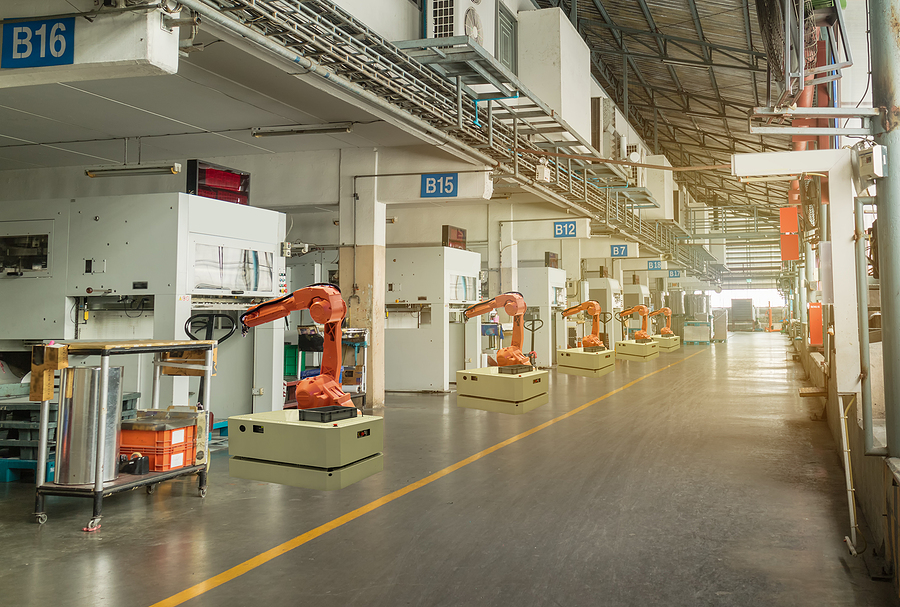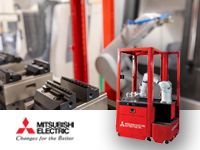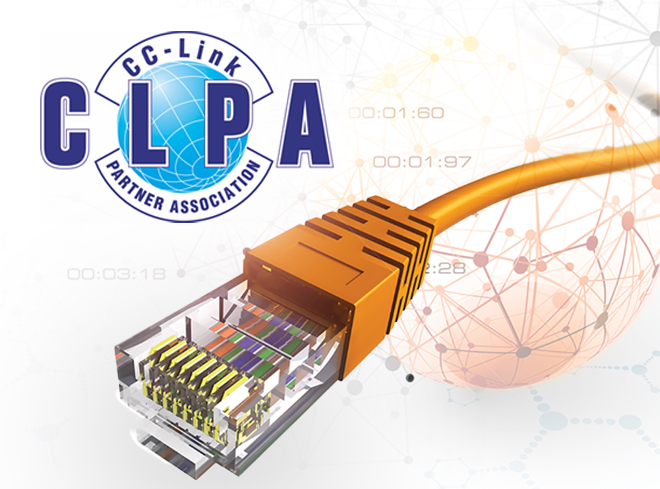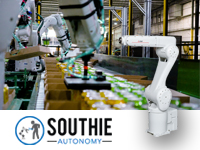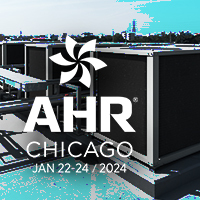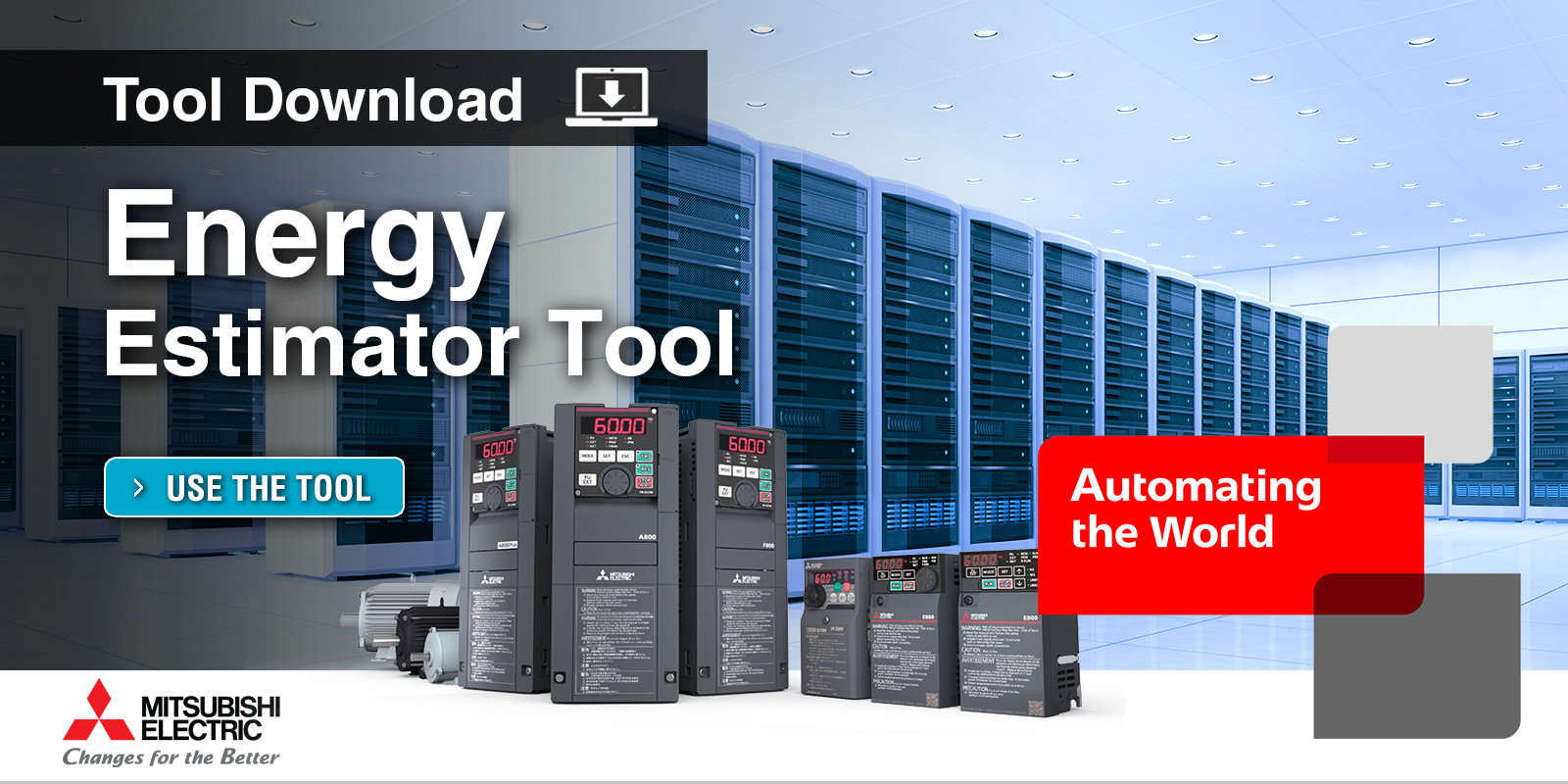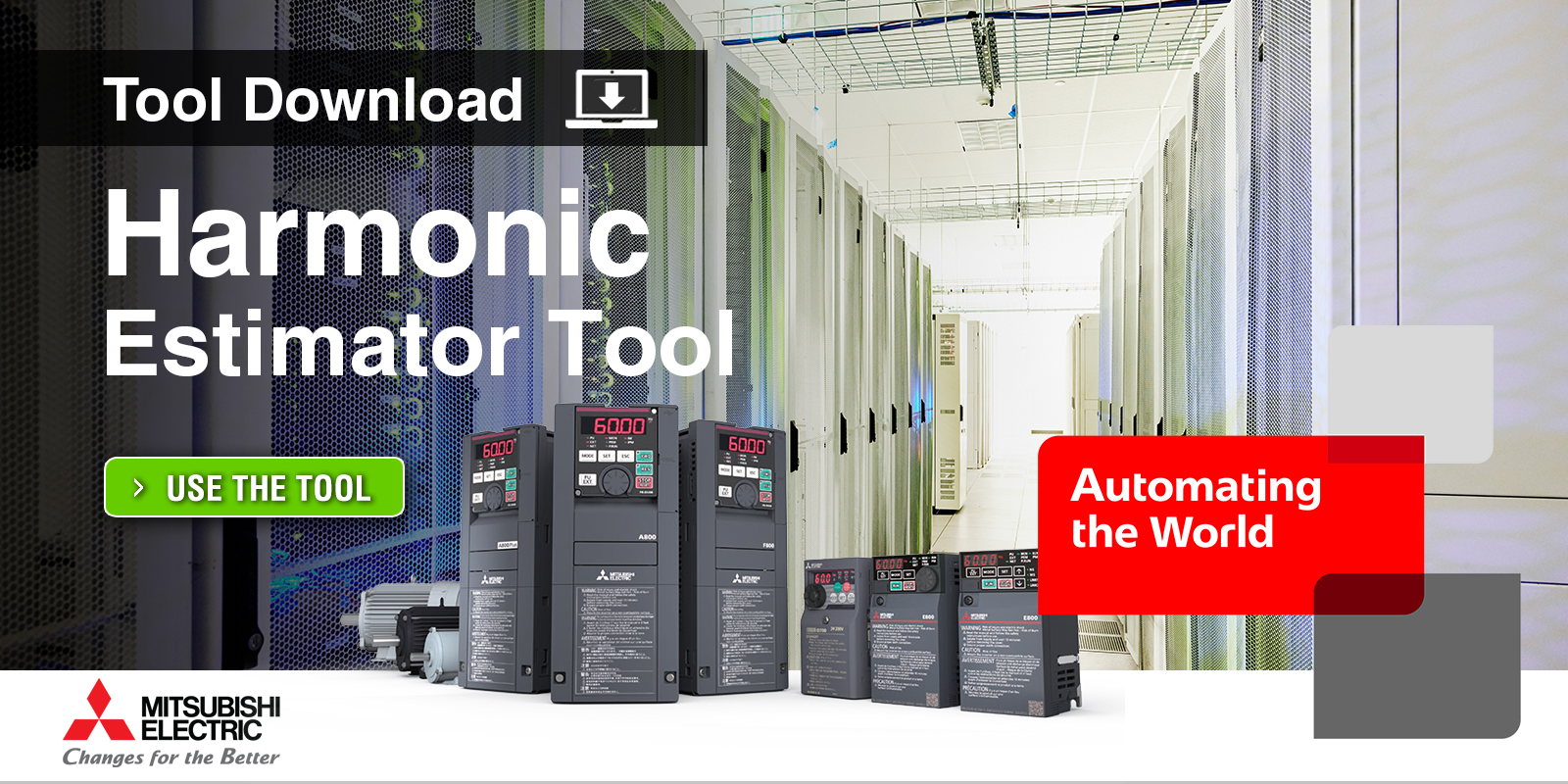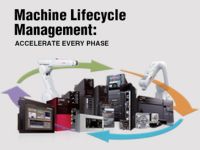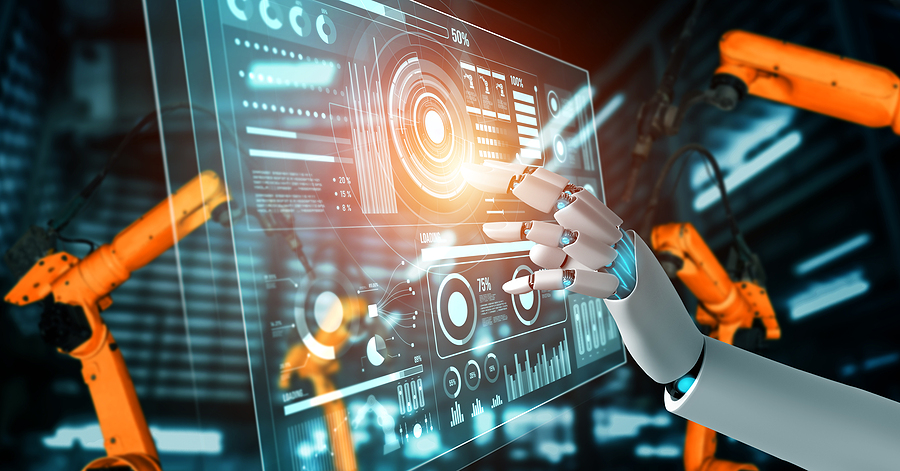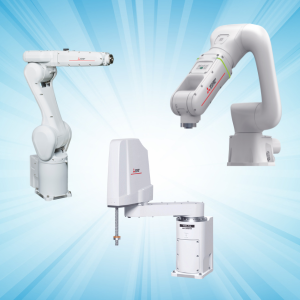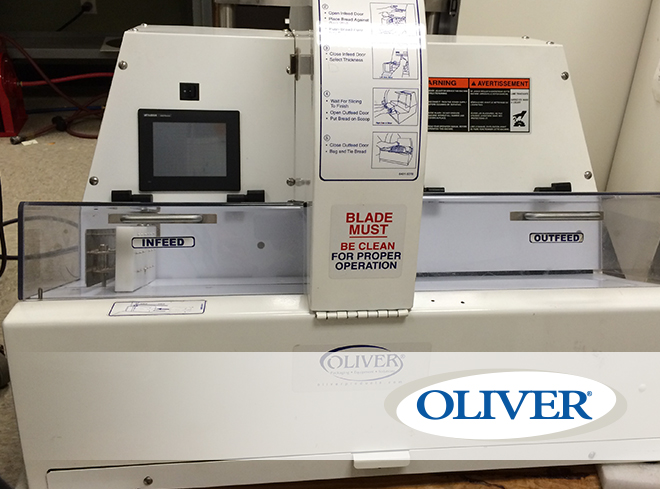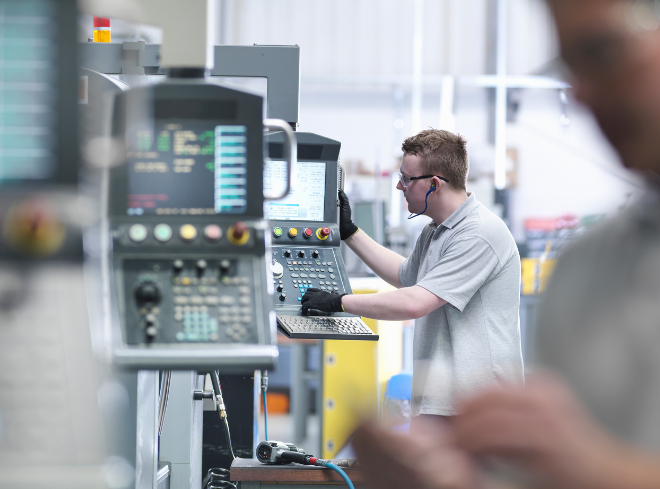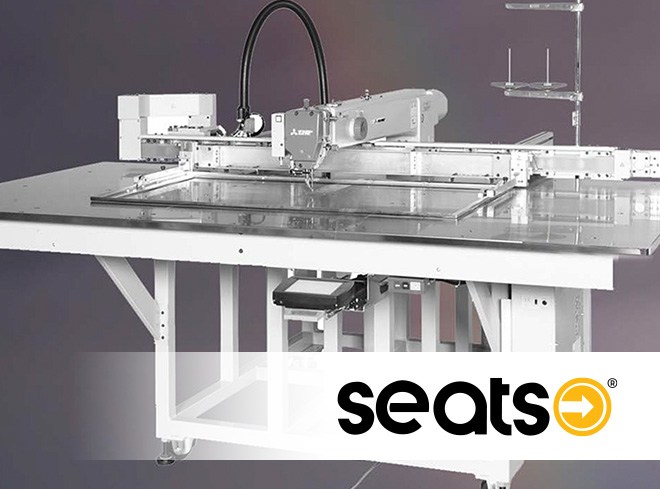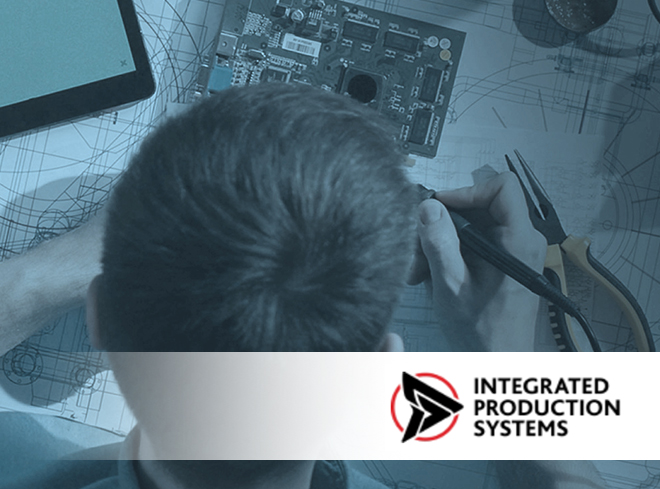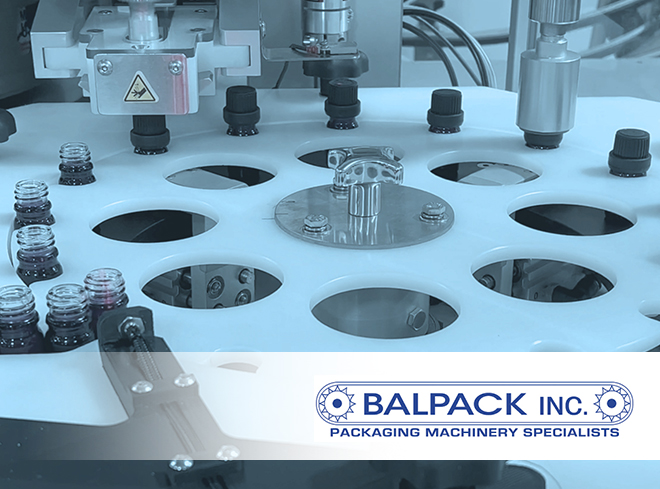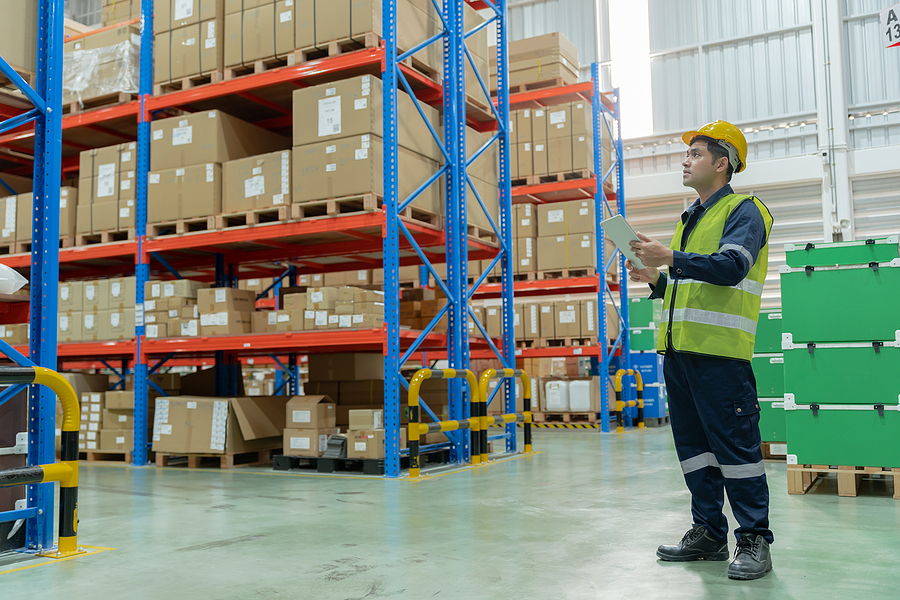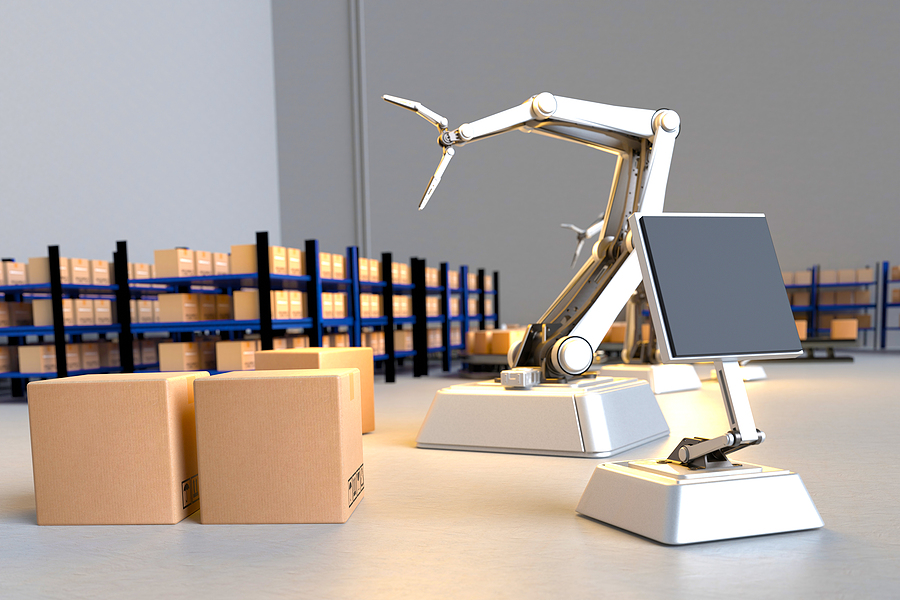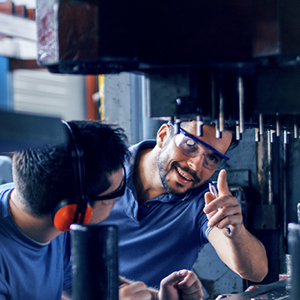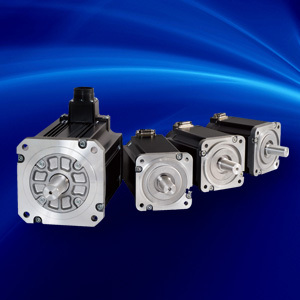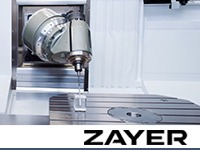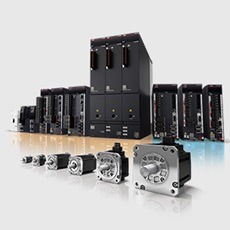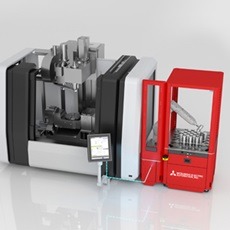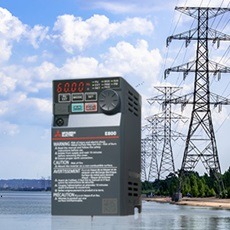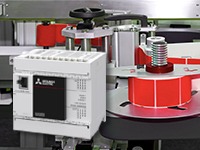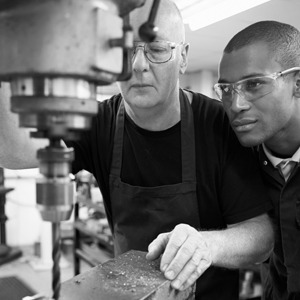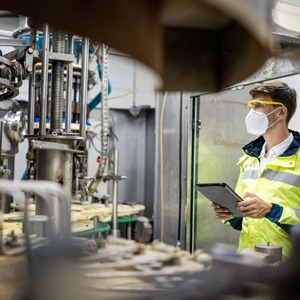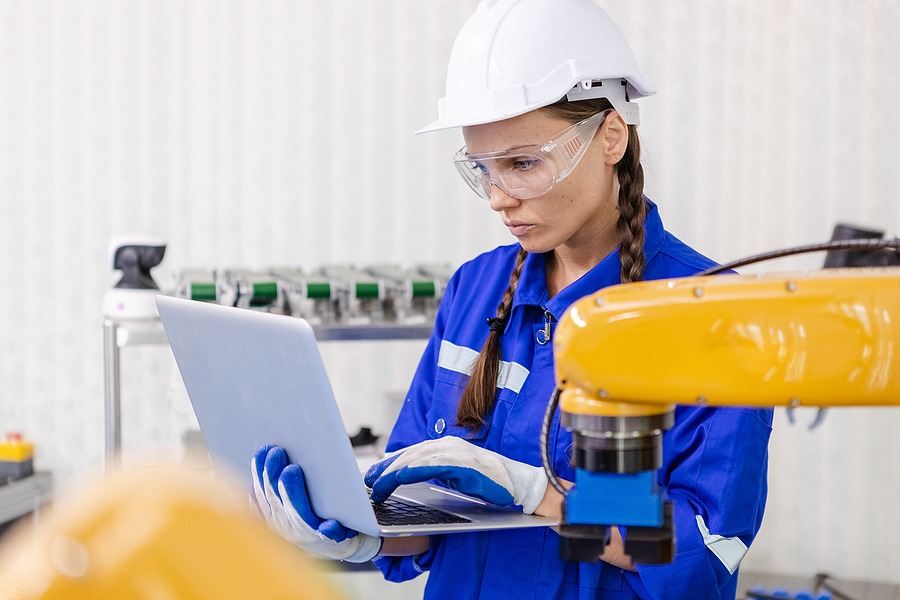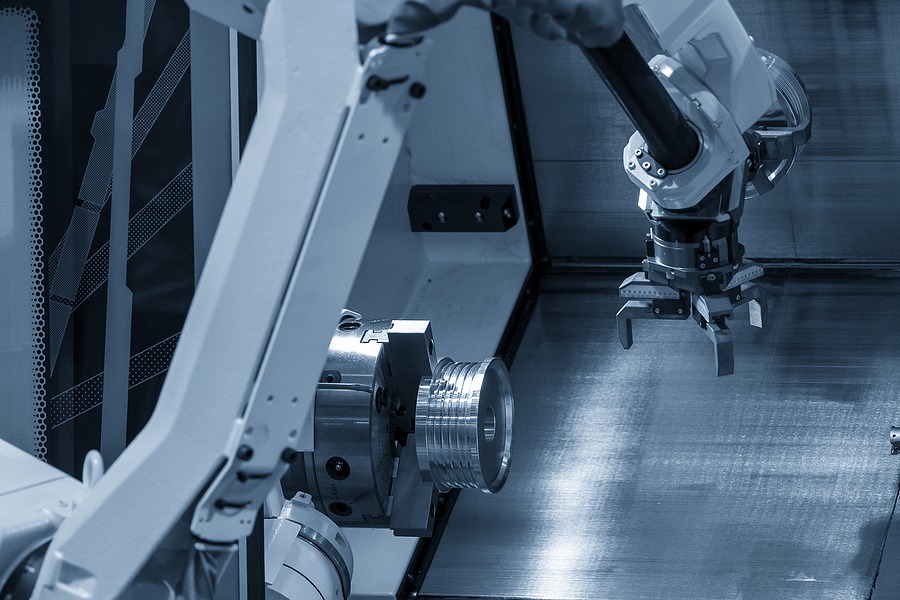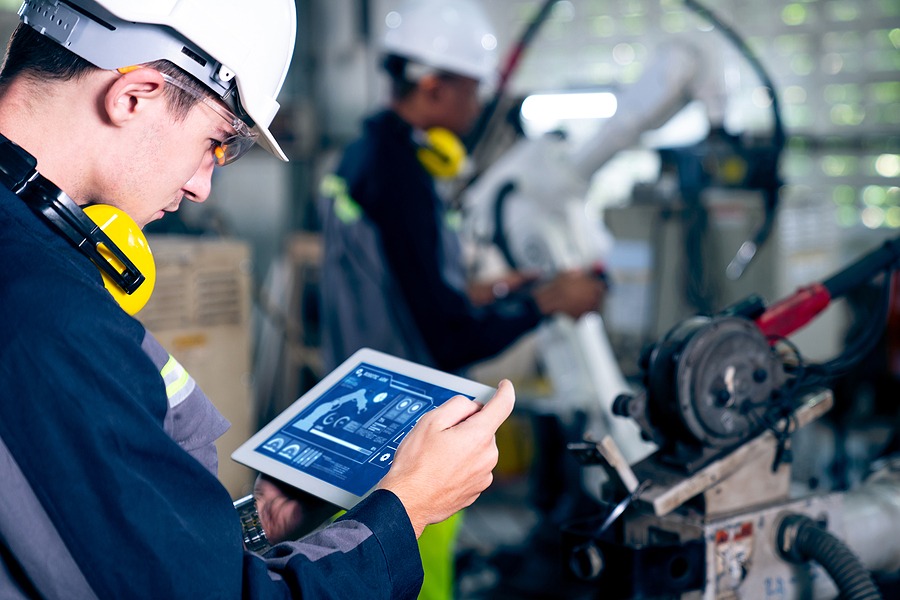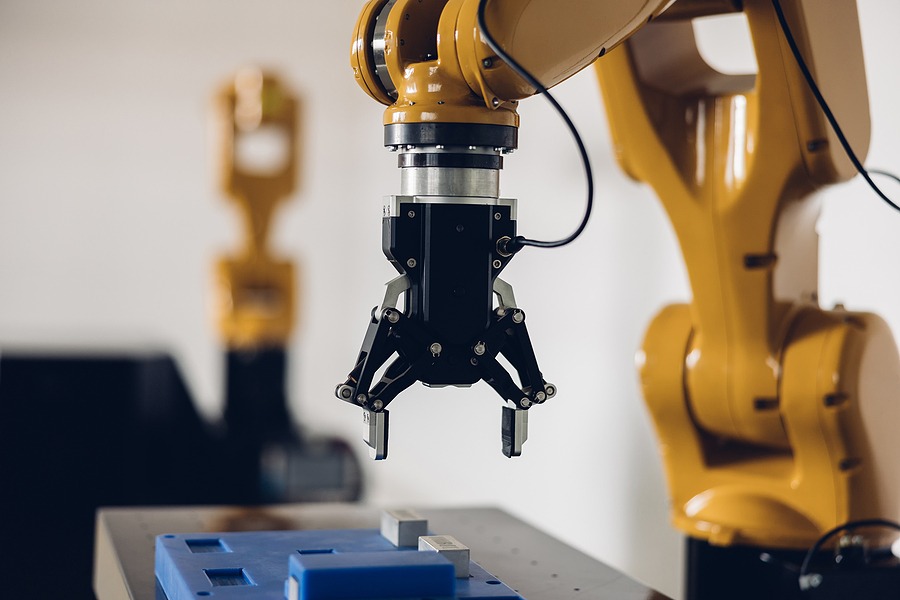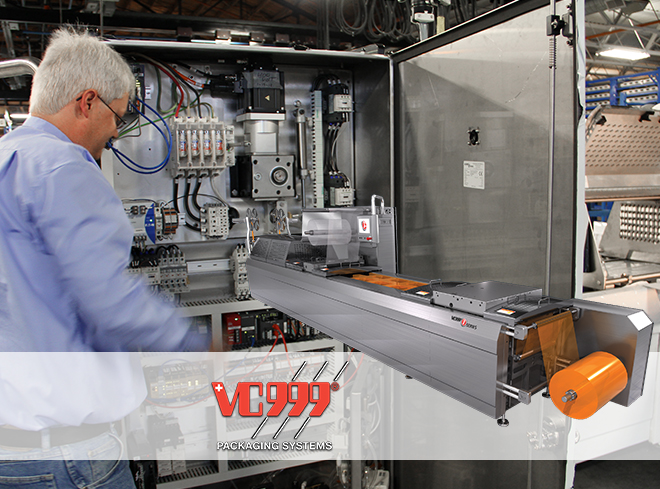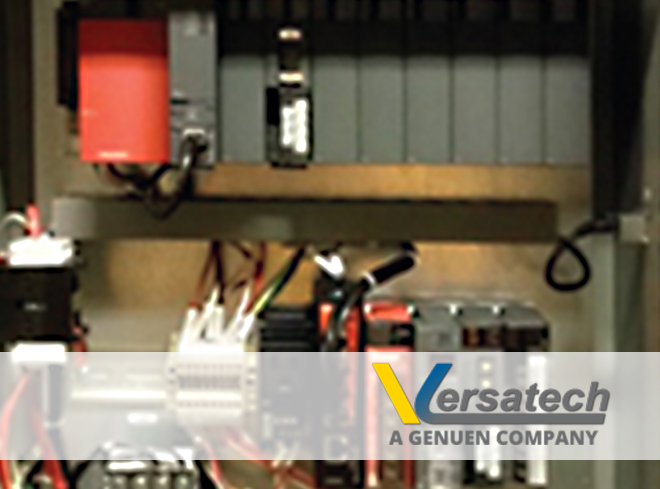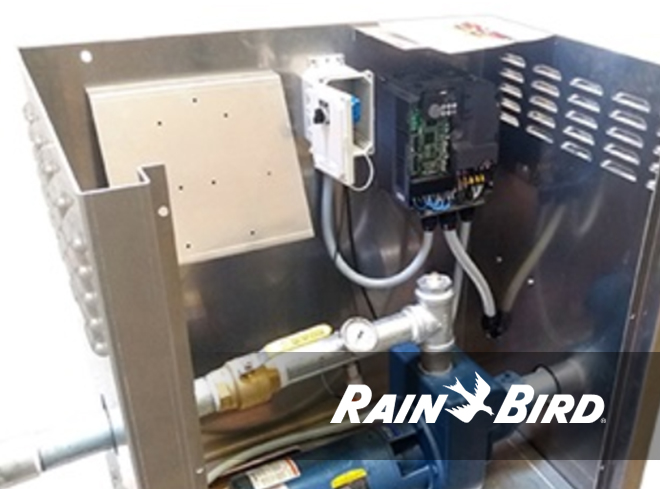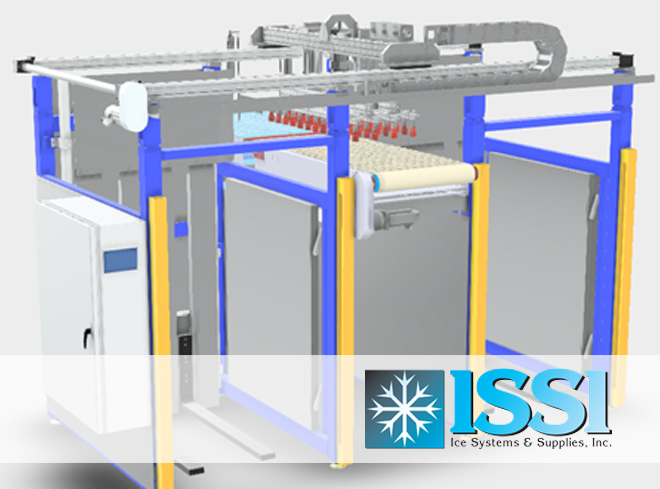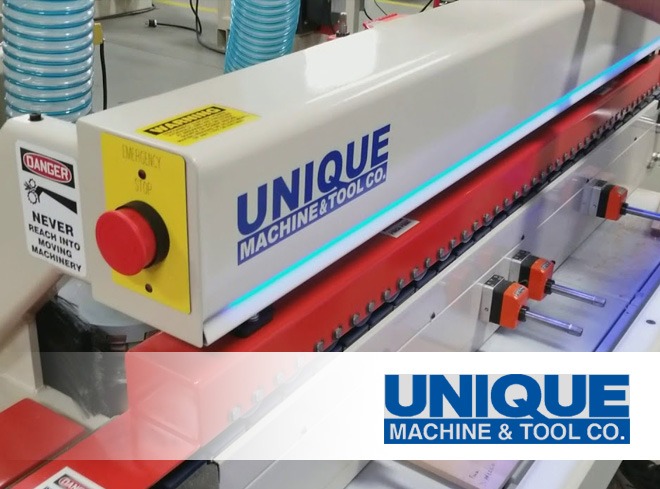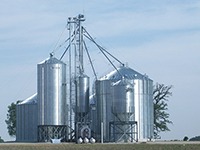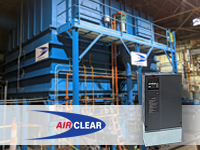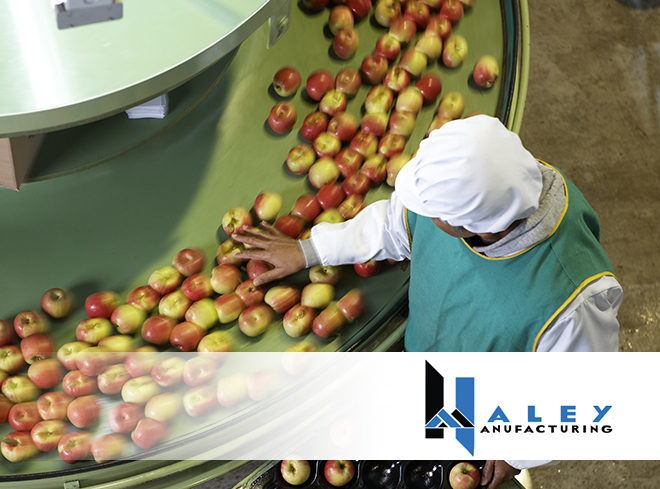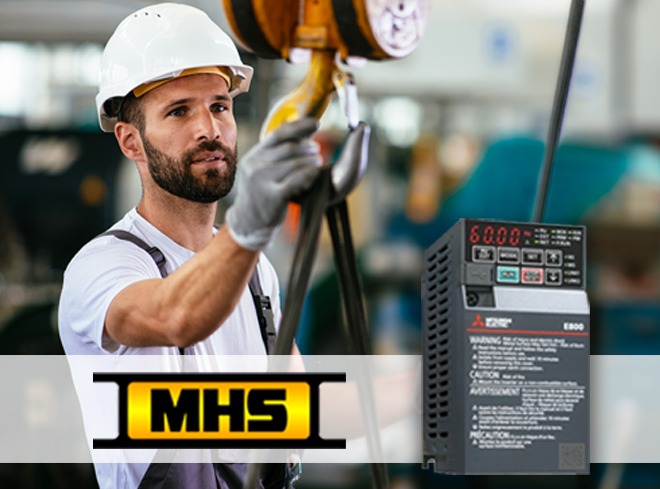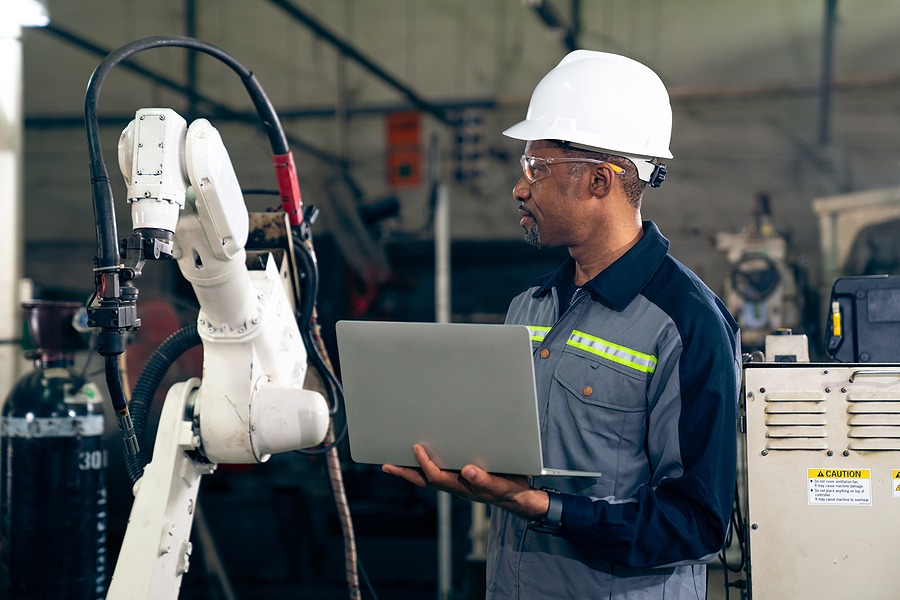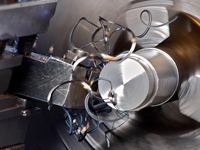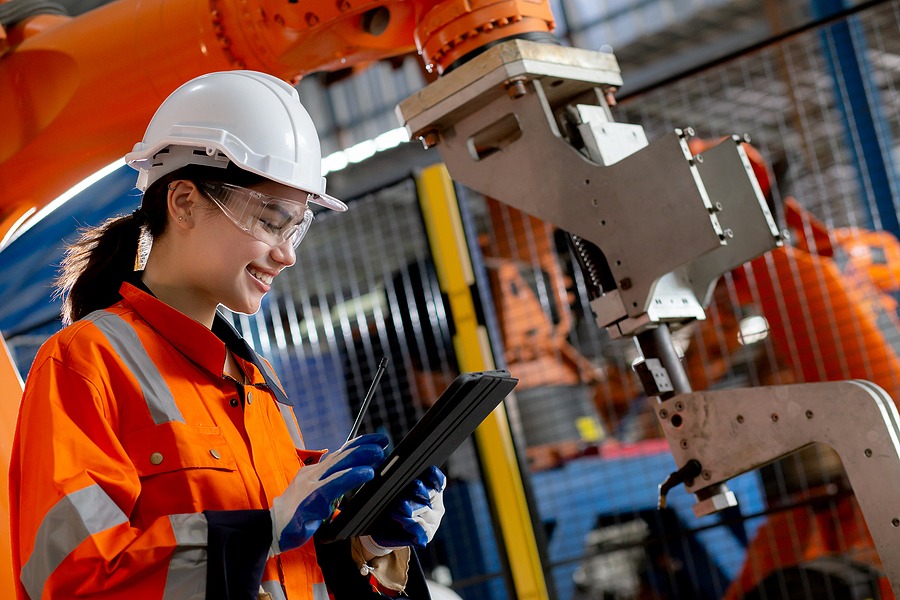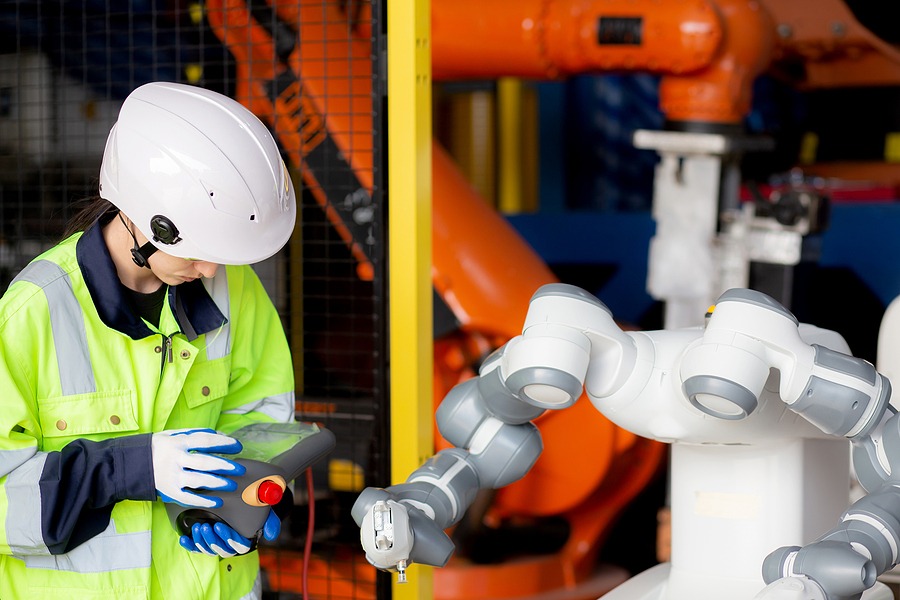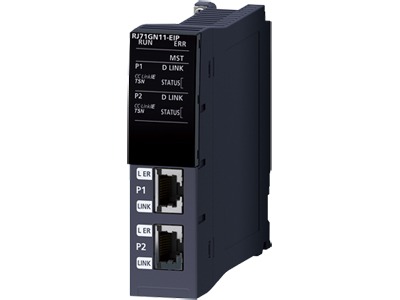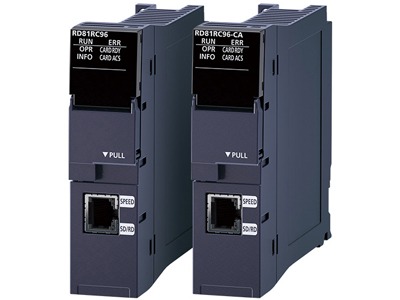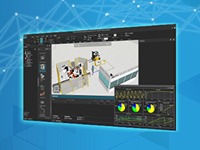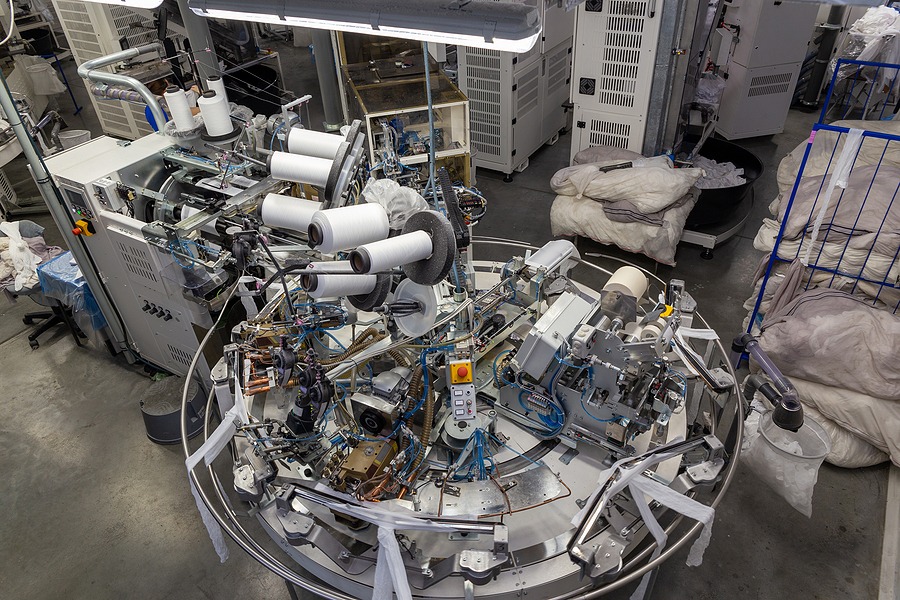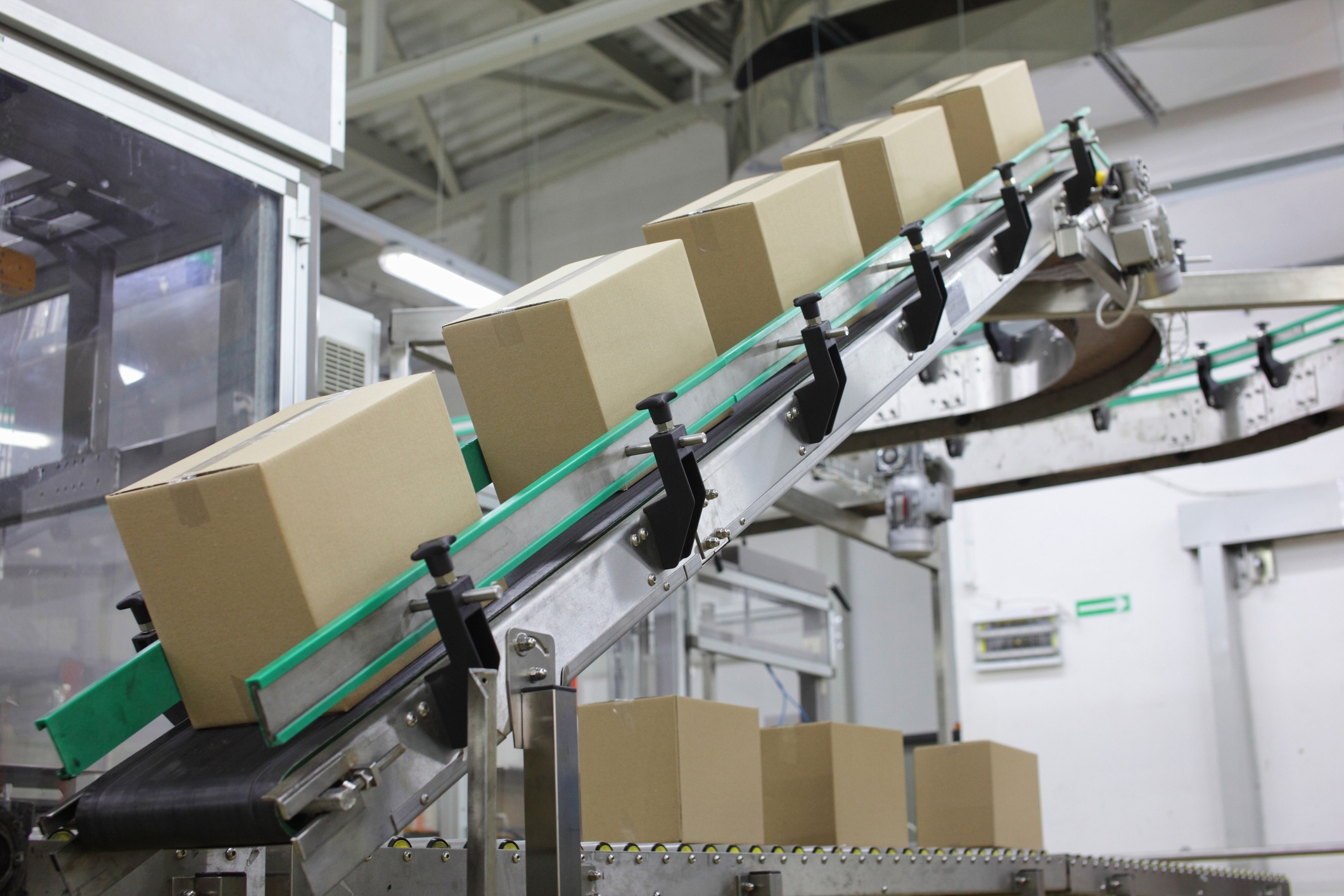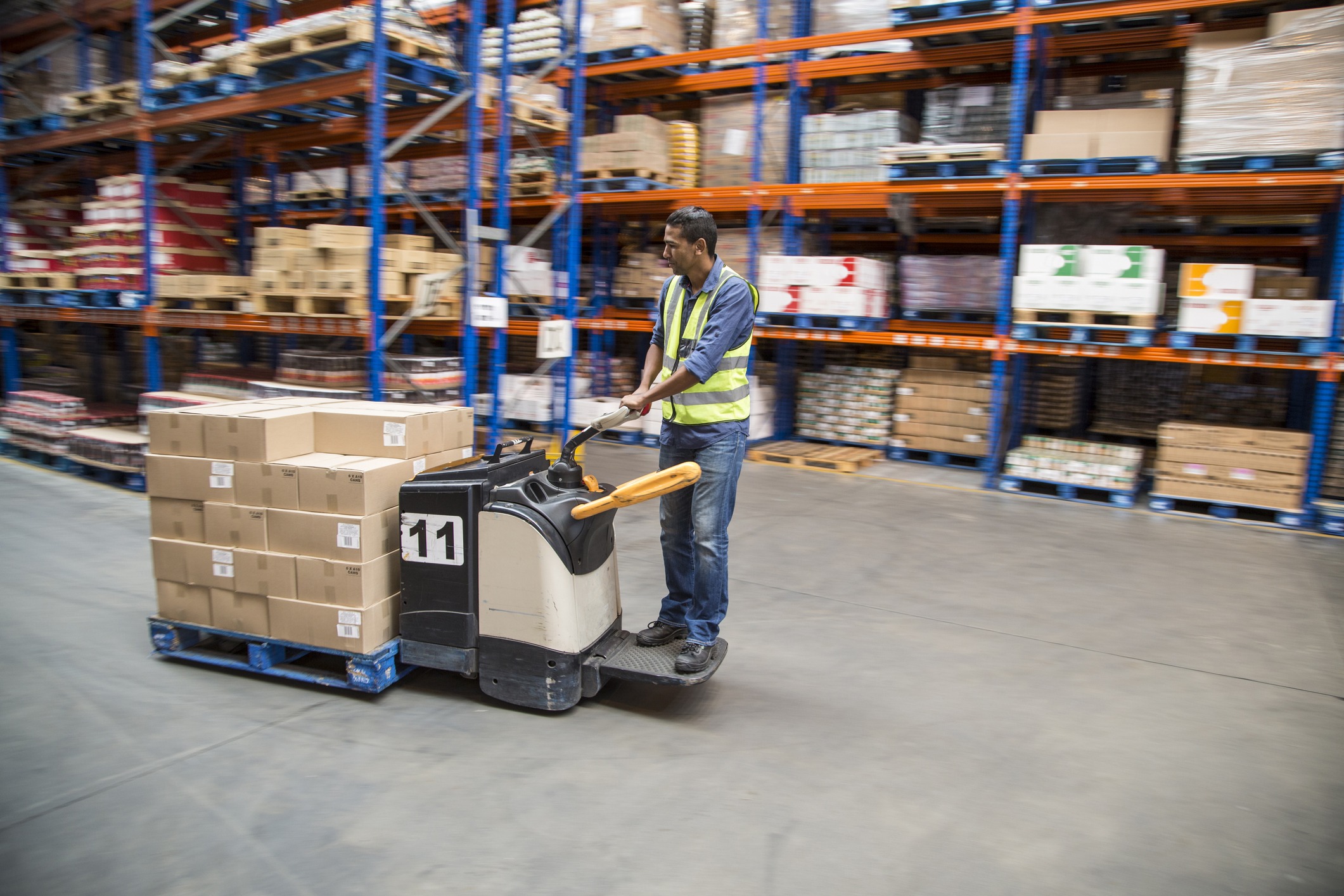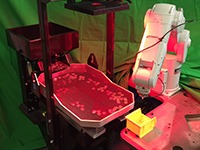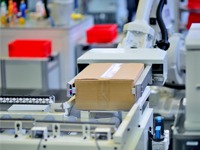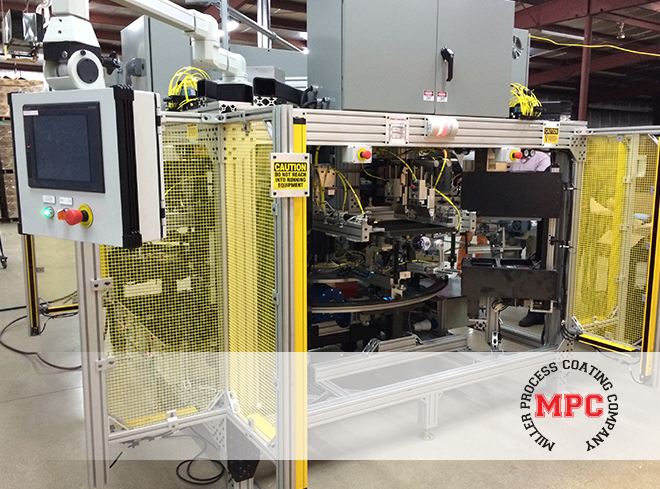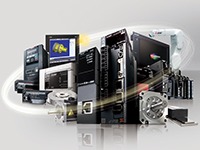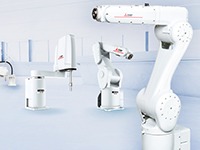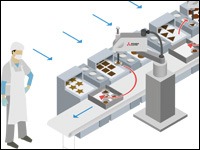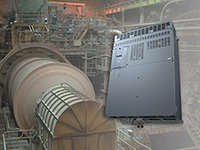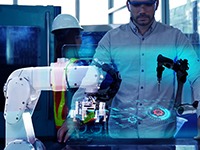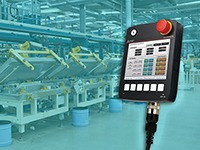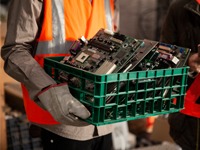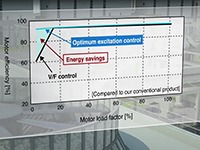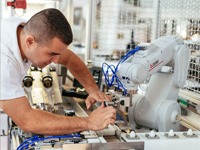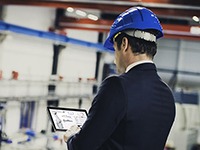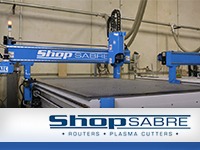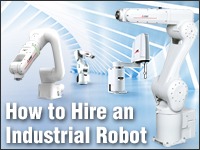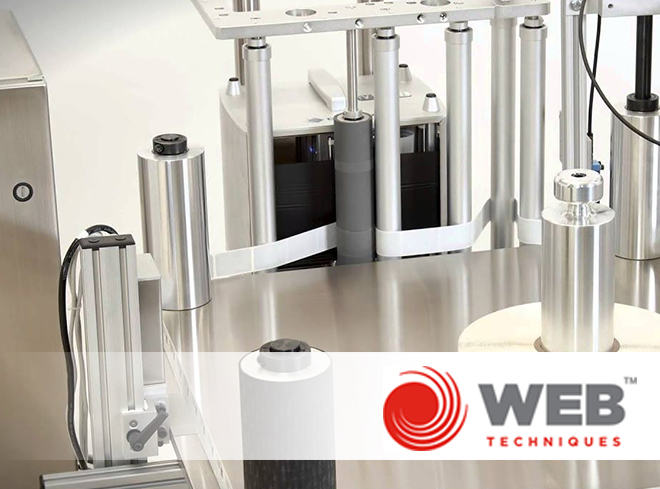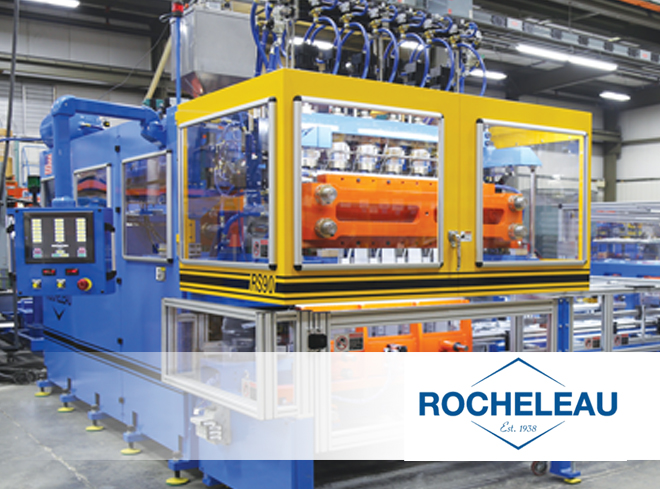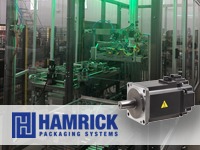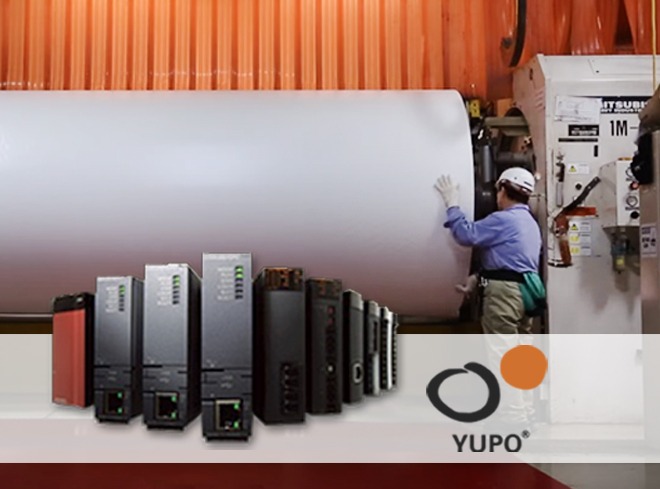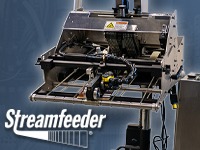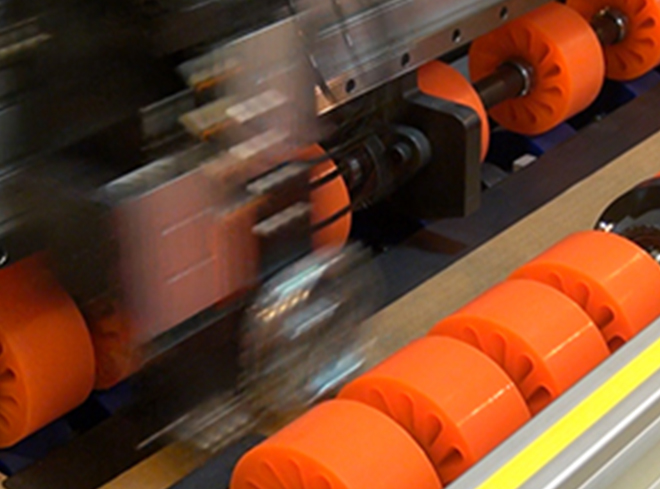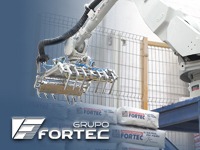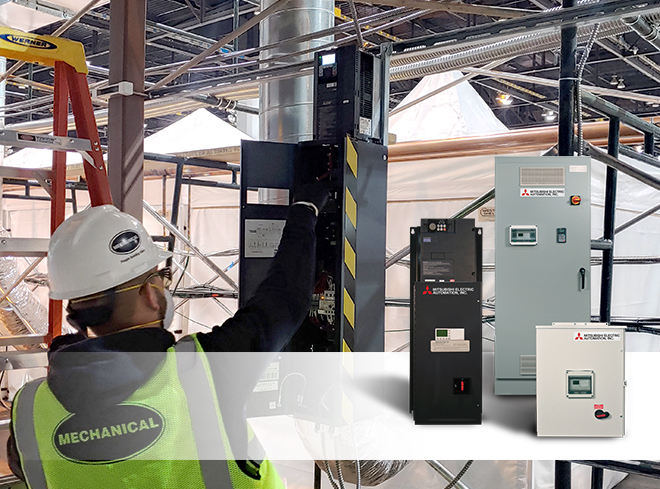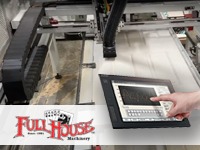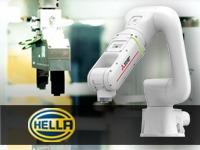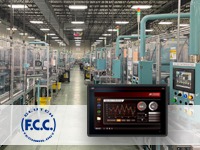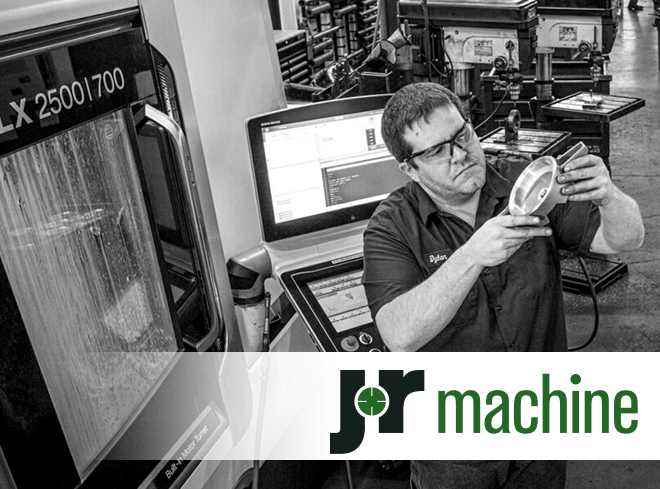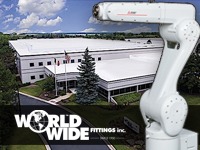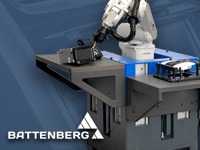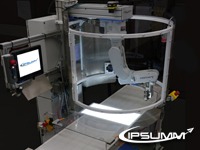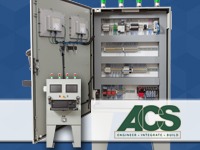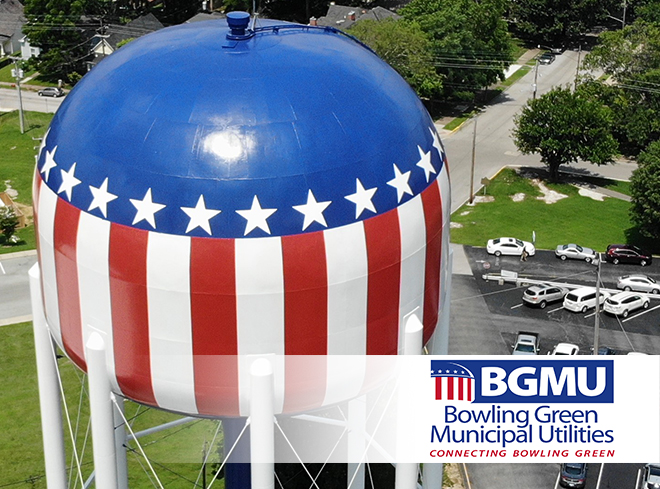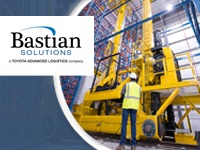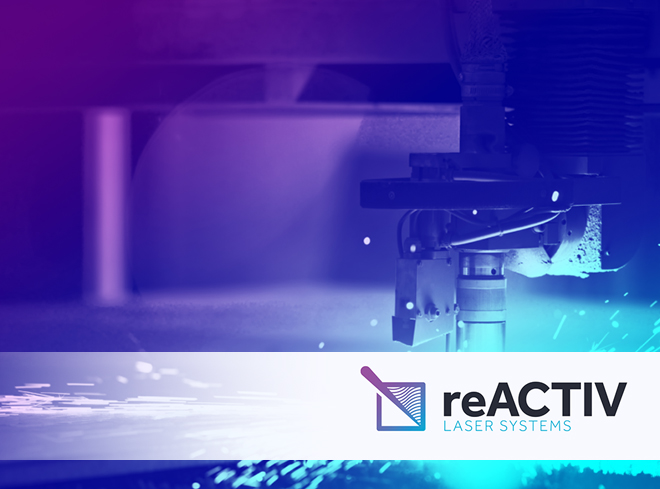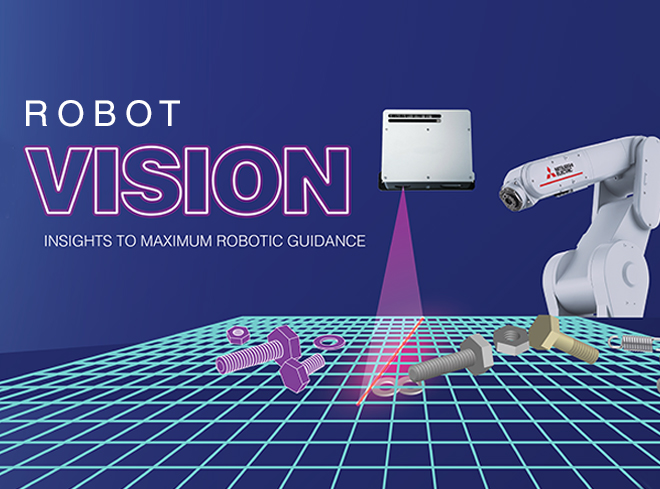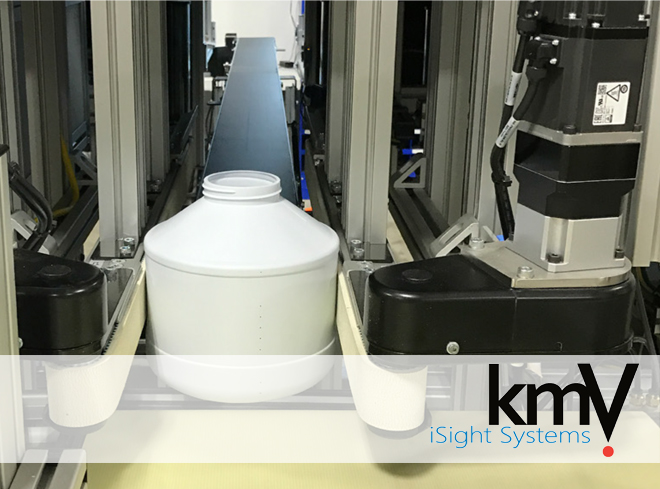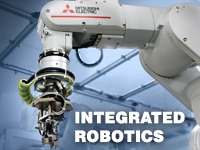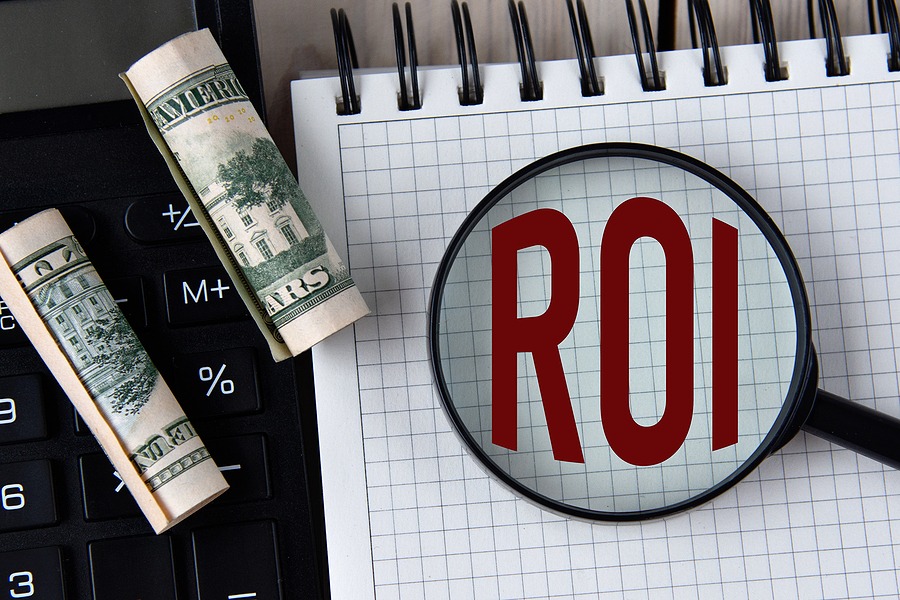
Are you wondering what ROI to expect on a factory automation project? Find out how to calculate ROI and learn more about the costs of automation.
Factory automation involves the use of robotics, analytics, smart machines, and other advanced technology solutions to help streamline costs and speed up production. Manufacturing reached a peak in 1979 when there were 19.6 million factory workers in the U.S. By 2019, those jobs were down to 12.8 million. It’s not that the demand for goods has dwindled, it’s that production is faster and cheaper outside of the U.S., often due to automation.
Have you ever thought about the money you’re losing in your factory due to the reliance on older machines? The founder of The Data Analysis Bureau estimates that upwards of $1 trillion per year is lost to unscheduled machine maintenance. You also have to factor in overtime wages, paid time off, sick days, workplace injuries, and other issues that can lead to lost revenues or unexpected downtimes.
The U.S. hasn’t remained competitive, and some of the factories in the states still rely on machines that are decades old. If it’s cheaper and faster for your automated competition to manufacture items in other countries, you could be losing out.
Many Americans look for “Made in the USA” labeling over something mass-produced in another country, and that’s where you can succeed. The benefits of automation are plentiful:
- Robotics and automation run faster and safer with fewer mistakes.
- Production and manufacturing lines run 24/7 without the need for a bathroom break, meal, or sick day.
- Robots will run in hazardous conditions without special equipment.
- Productivity increases while scrap decreases.
- Factory automation can lift more, do more, and increase innovation within your plant.
- Machines can use predictive maintenance to assess when maintenance is going to be necessary, which eliminates downtime.
All of this does cost money. The equipment, installation, training, and programming need to be set up and monitored. But, the return on your investment (ROI) Is great. Take a closer look at a typical ROI on factory automation.
How the ROI Is Calculated
ROI is a calculation of the money spent and the revenues you gain in the process. At its very simplest breakdown, you take your gains and divide them by the amount your factory automation project costs.
If you spent $500,000 automating your factory and had $700,000 in revenues at the end of the year, you gained $200,000 ($700,000 minus $500,000). Divide the amount you gained by the amount you spent ($200,000 divided by $500,000) and that answer 0.40 is your ROI percentage. In this case, your ROI is 40%.
That’s what ROI is at heart, but it’s not quite that simple as you have a lot of factors to consider.
To better understand how an ROI is accurately calculated, you need to start with the cost of any robotic equipment and technology. This includes the machinery, installation costs, training, and any extra parts that are needed to get the robotic system up and running. Take this total cost and multiply it by the number of robotic systems being installed. If you have four of them and they cost $500,000 each, that’s $2 million.
That’s the installation and equipment, but there are the costs to train your employees and any additional unplanned expenses. Suppose a garage bay door broke while equipment was being brought into the plant. That door needed to be replaced, so that adds to your project cost.
It’s also very unlikely that you’ll be able to pay for your equipment upfront. If you’re taking out a business loan to pay for the factory upgrades, factor in the interest you’ll be paying and the loan payment.
The second step is to look at how much those robotic systems will be used, and what the cost to run them is each year. Are they going to run 24/7 all seven days or will they be run 24/7 for five days? How much time per year will involve them being shut down for maintenance? How much does their efficiency decline from one year to the next? That has to be considered.
You need to calculate how much electricity they’ll use, how much planned downtime is scheduled, and how many workers are needed to monitor the systems each shift. These expenses add to the money you’re spending. You need that total to determine how much you’ve spent vs. how much you’re saving.
Labor savings and training go into the calculation to determine the ROI. Switching to robots and automation may cause fear and low morale among your staff. Make sure they know that they’re still needed. Your loyal, hard-working employees can be trained to monitor the automated equipment. Or, you could relocate them to other departments where their expertise proves beneficial.
Workers that are no longer needed in one area of the factory can be trained for other areas of the plant where there is more demand for skilled workers. If you can remove six workers from the factory floor and move four of them to sales or customer support, you will be saving money on the benefits and salary for those additional two workers.
Don’t overlook the value of taking someone who has been working in the production line working with engineers on whether it’s even possible to create something new using the equipment and manpower that’s in place.
You’ll also have savings on the electricity that’s being consumed. Newer machinery is going to require less power. That savings is factored into the ROI. You also should consider the savings you’re gaining because you reduce the unexpected maintenance, cost of emergency repairs, and price for customized components because they had to be specially created by a tool-and-die expert as the outdated part is no longer available.
Due to all of these factors, the typical ROI is hard to narrow down. In a perfect world, you’ll see immediate gains in the first year, but that’s unlikely. The first year is more of saving money on utility bills and some wages and benefits, but you’re paying off the new automated equipment. It takes a few years before the equipment has paid for itself and you’re seeing true gains from your investment.
Learn More About Factory Automation Costs and ROIs
Real-time production responses and information processing is just the start of the benefits you gain with factory automation and robotics. Mitsubishi Electric has the knowledge and innovative designs that can help your factory get the highest ROI for your automation projects.
Whether you’re in the automotive industry, food packaging, order processing, or producing specialty cabling, our automation, robotic, and advanced machine tool technologies deliver everything you need to stay competitive and outshine the competition. Reach Mitsubishi Electric online or by phone and let our sales and engineering team better understand what your automation goals are.
Work with Us and Succeed
We love our customers and the challenges they bring to us. We also like to let our customers shine by discussing how we worked together to solve their biggest challenges. If you have a challenge that needs to be solved and would like to be our next BIG success story, reach out to us and let’s connect!

